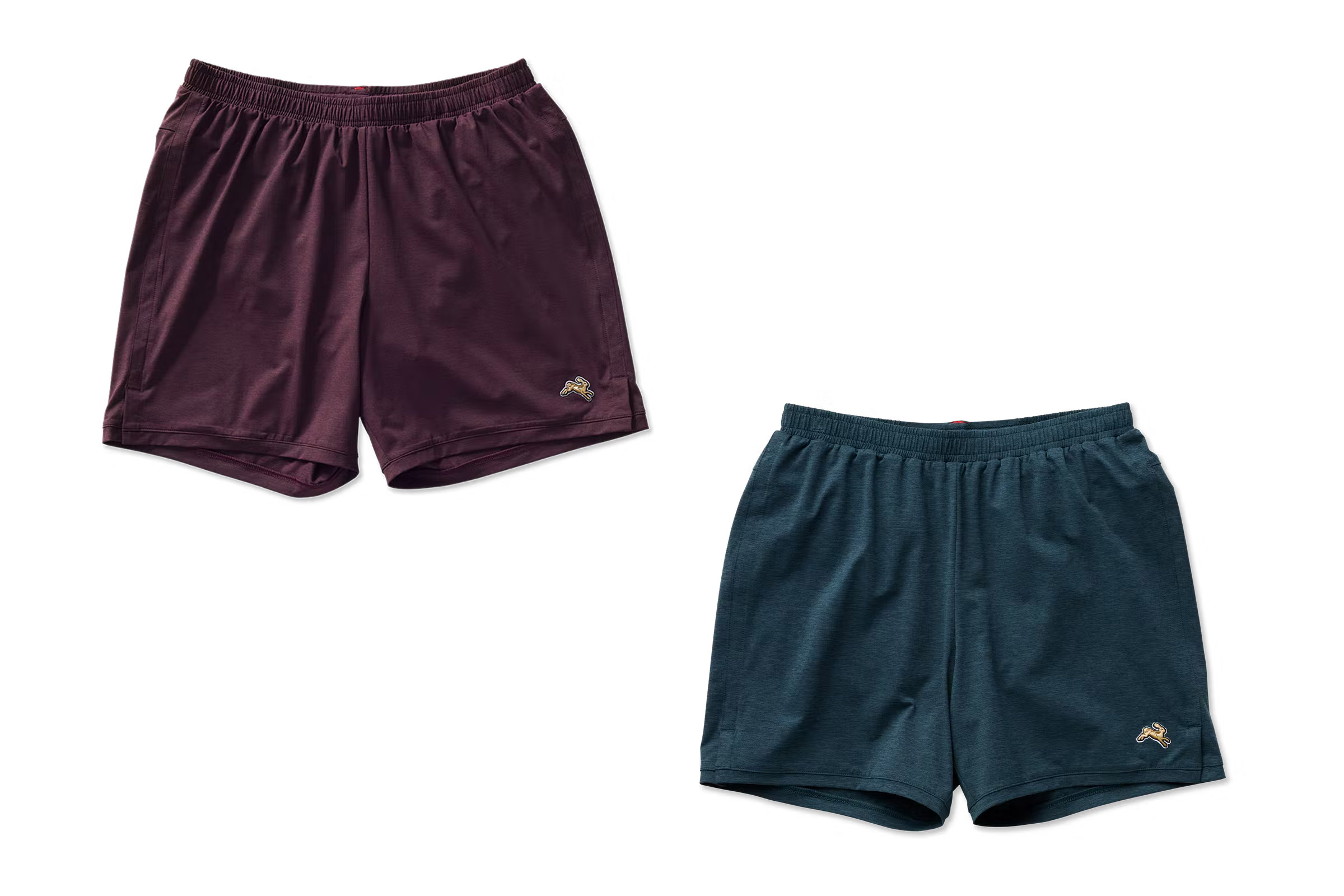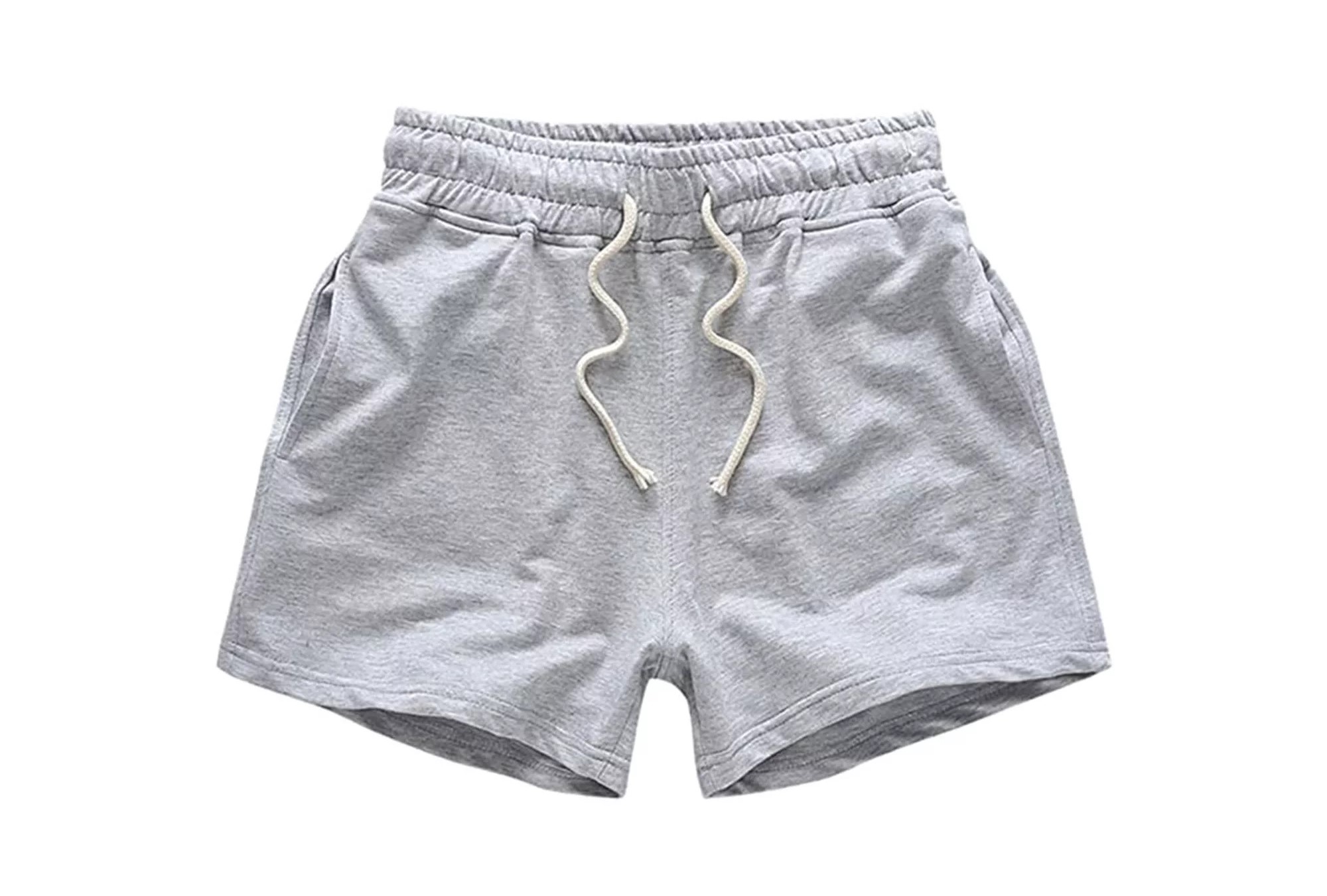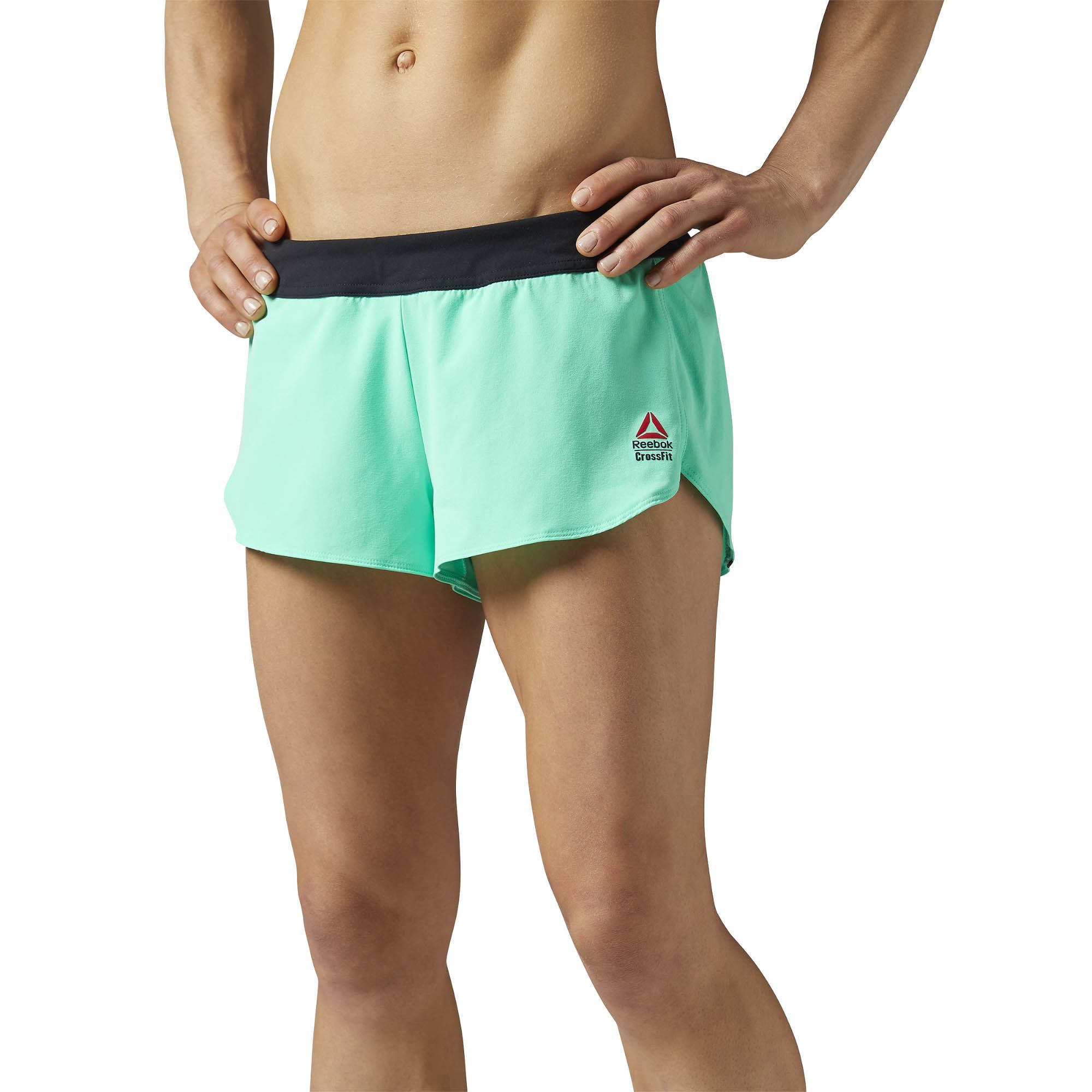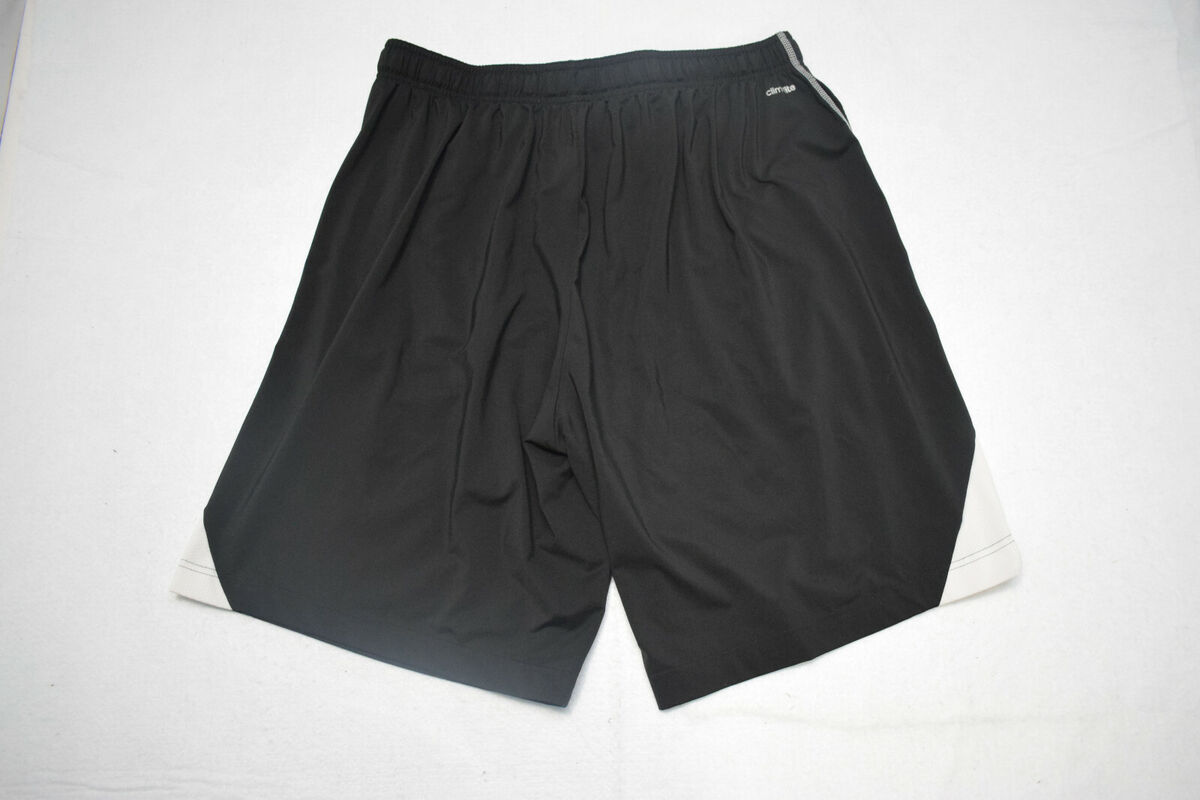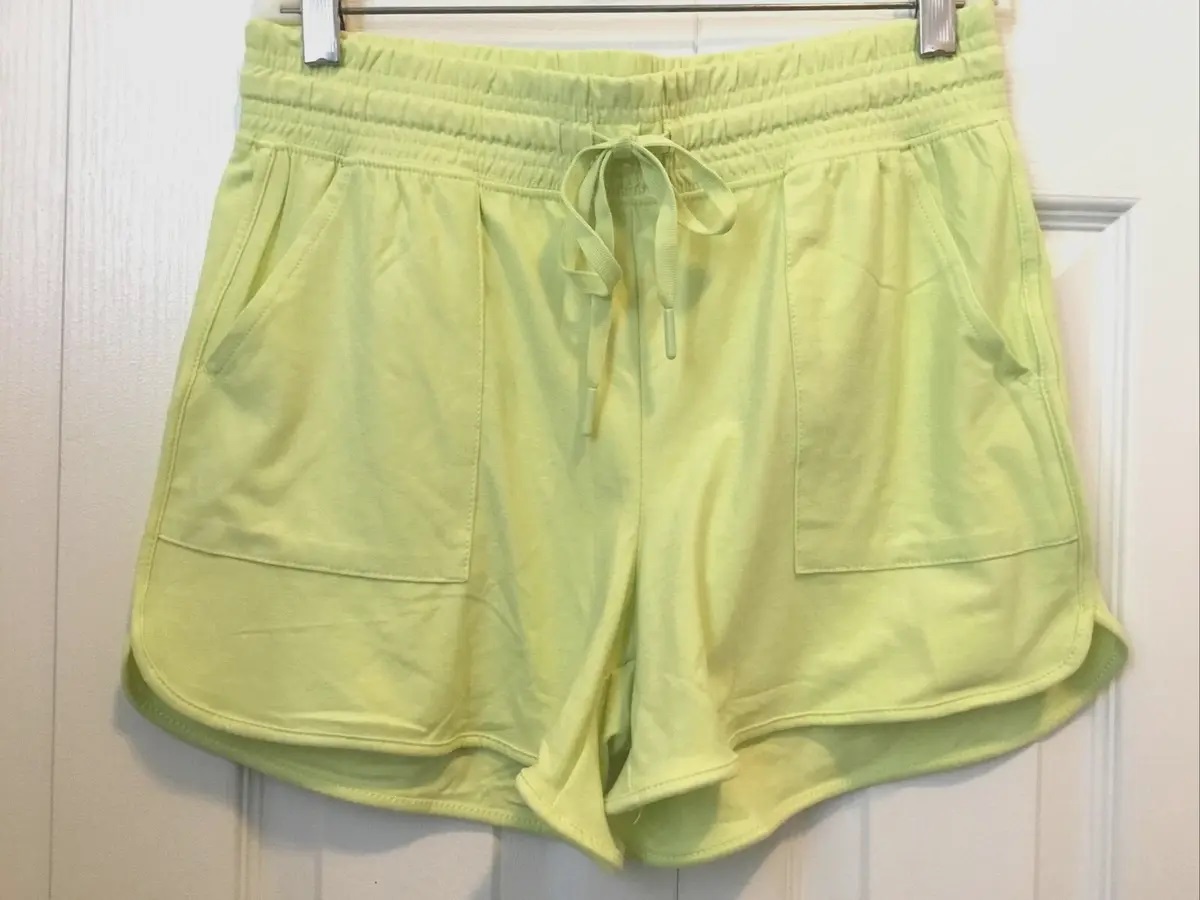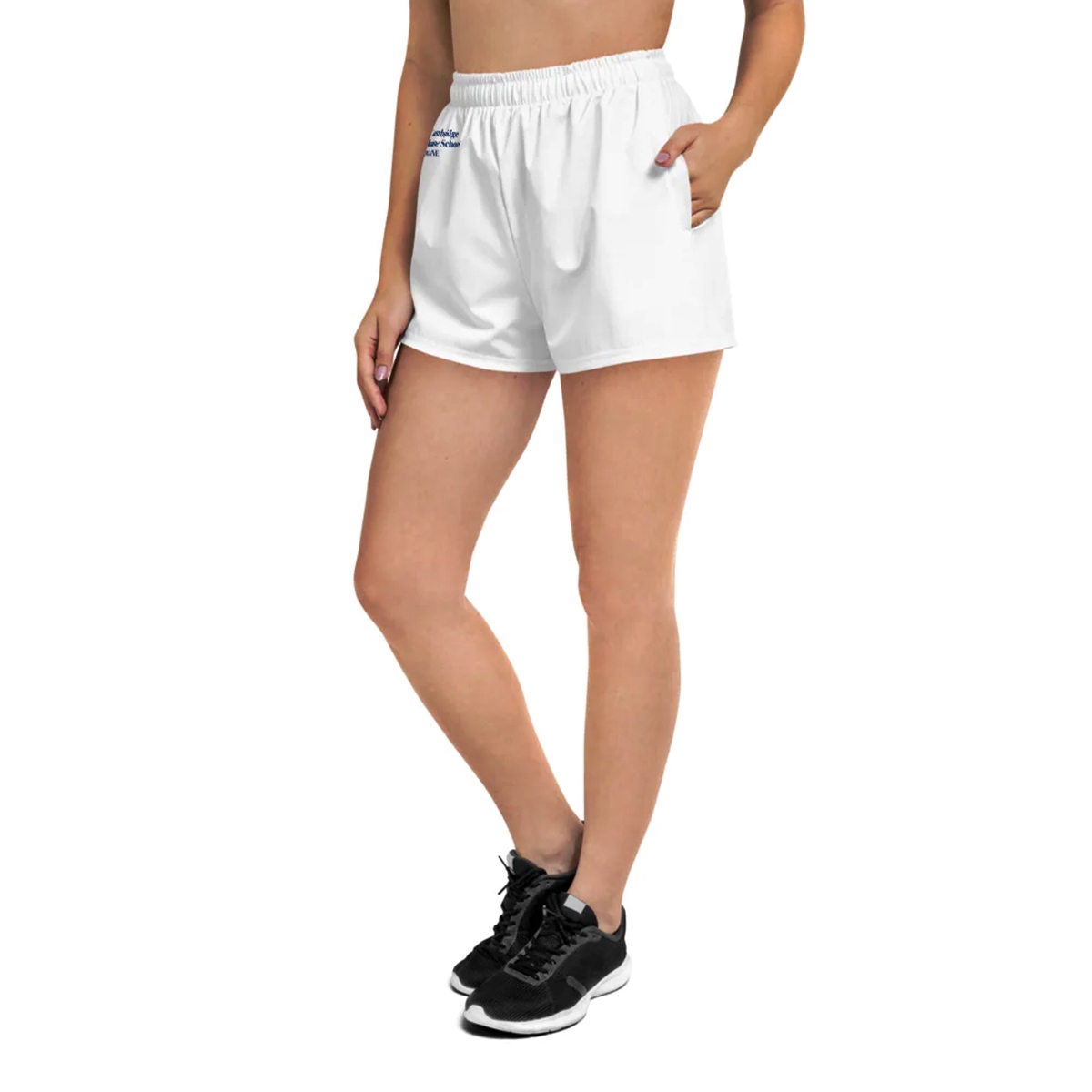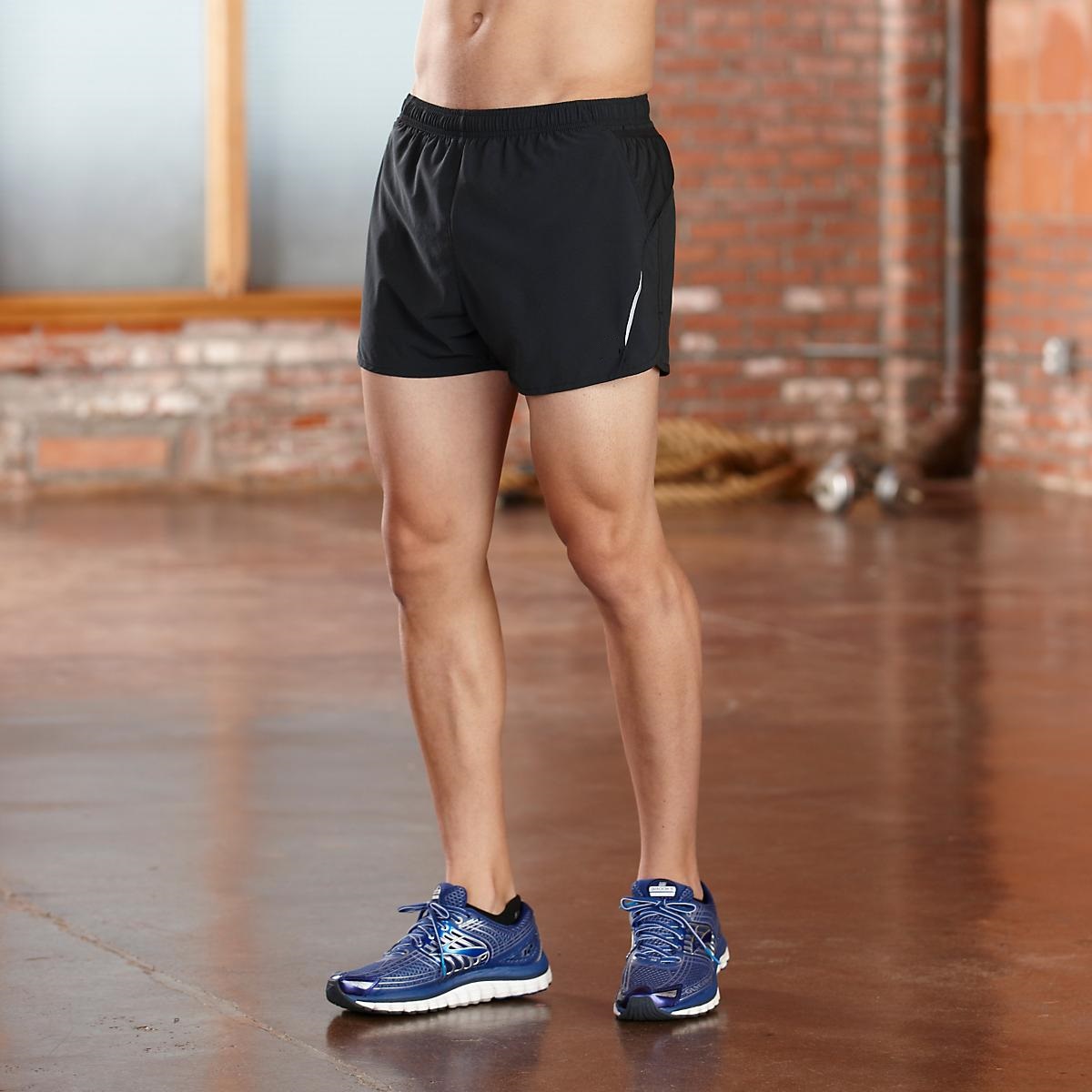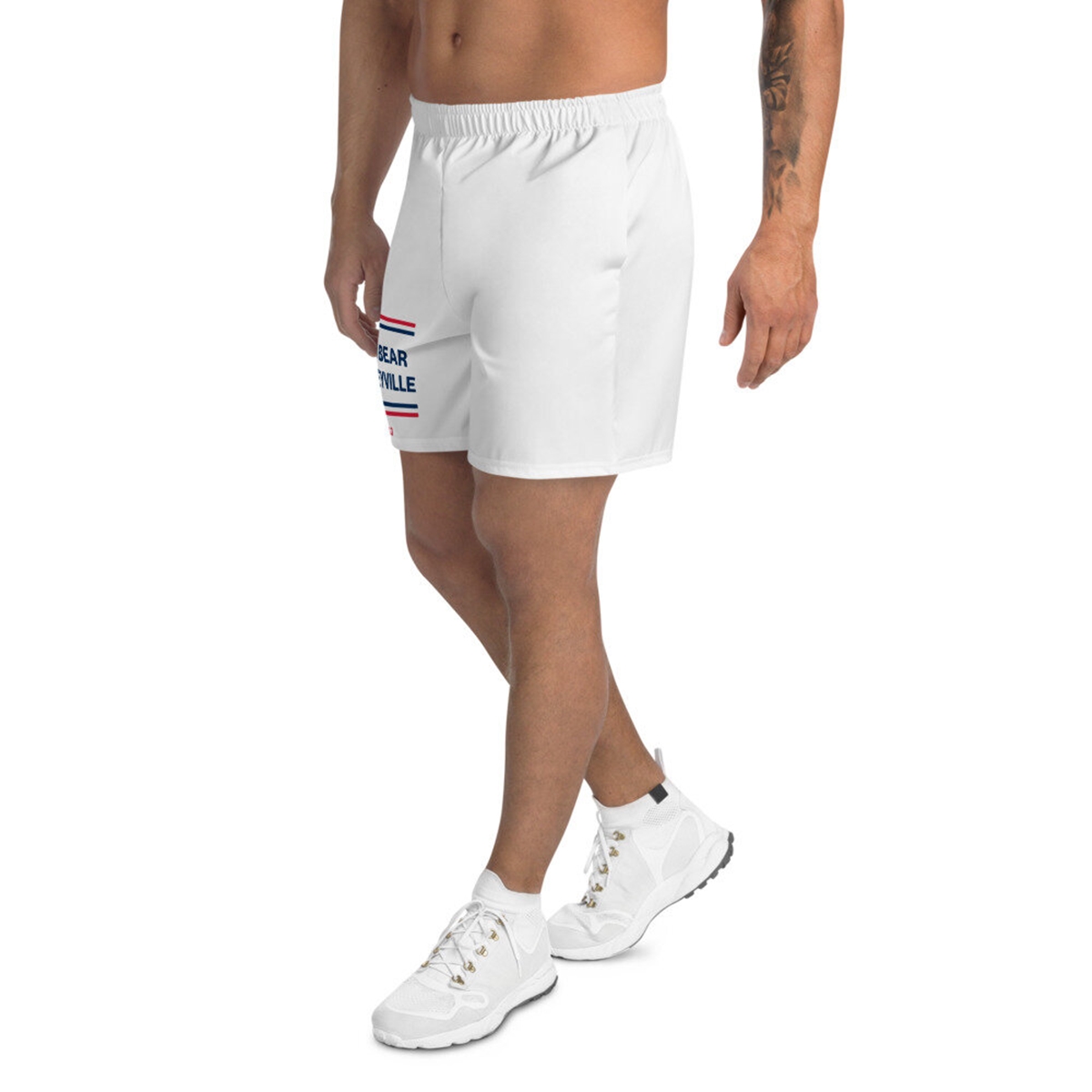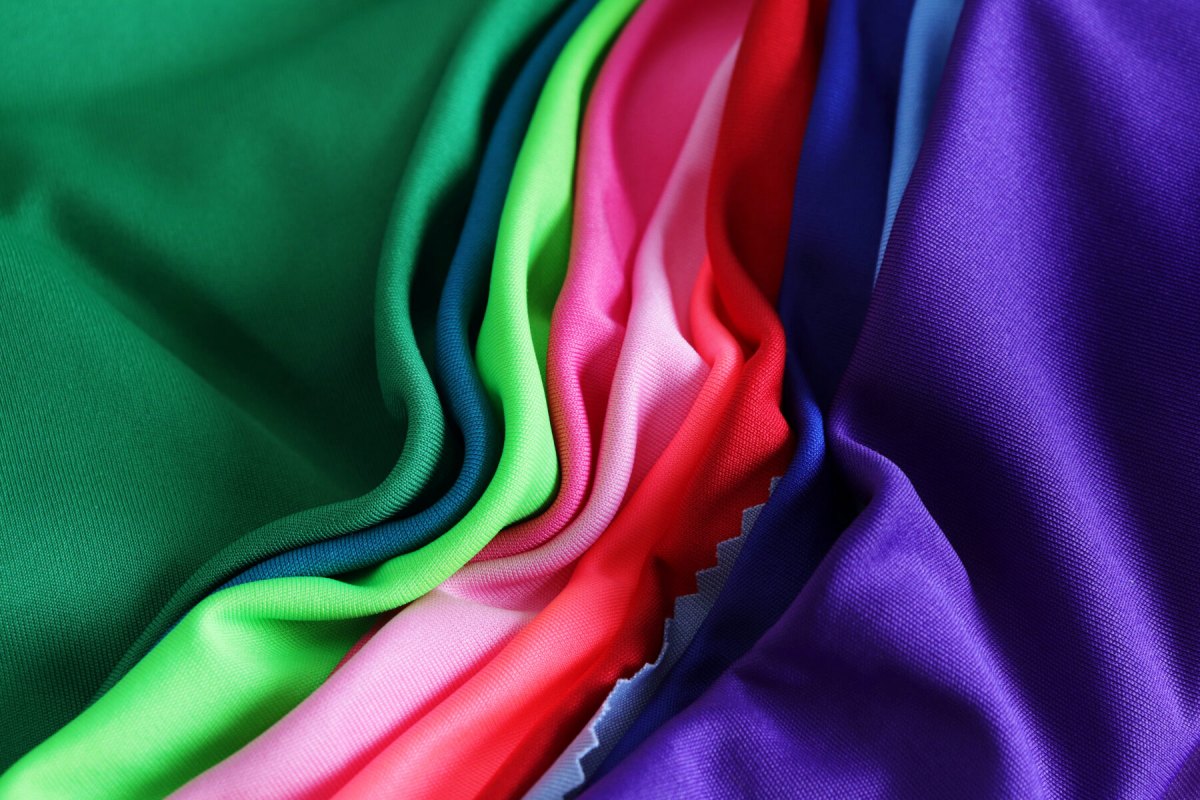

Featured
What Is The Material On Athletic Wear
Modified: January 2, 2024
Discover what material is used in athletic wear and why it's important. Stay on top of the latest trends with our featured collection.
Introduction
Athletic wear has become a staple in the wardrobe of many individuals, whether they are professional athletes, fitness enthusiasts, or simply seeking comfort during their daily activities. But have you ever wondered what materials make up these popular garments? The material used in athletic wear plays a vital role in its performance, comfort, and durability. In this article, we will explore the various materials commonly used in athletic wear and delve into their unique characteristics.
When it comes to choosing the right athletic wear, understanding the properties of different materials can help you make an informed decision. From moisture-wicking capabilities to stretch and durability, each material offers distinct advantages and considerations.
Whether you’re hitting the gym, going for a run, or participating in sports, the material of your clothing can impact your overall performance and experience. So, let’s dive into the world of athletic wear materials and discover the secrets behind their popularity and functionality.
Cotton
Cotton is a natural fiber that has been used for centuries in clothing production. It is widely favored for its softness, breathability, and comfort. Cotton fabric is known for its ability to absorb moisture, making it an excellent choice for athletic wear.
One of the key advantages of cotton is its ability to keep the body cool and dry. The fabric absorbs perspiration from the skin and allows it to evaporate, leaving you feeling comfortable during your workout. Cotton is also hypoallergenic, making it suitable for those with sensitive skin.
However, cotton does have some downsides when it comes to athletic wear. While it is excellent in absorbing moisture, it does not dry quickly. This can lead to the fabric feeling heavy and clingy during intense workouts. Cotton also tends to retain odors, requiring more frequent washing compared to synthetic materials.
Despite these drawbacks, cotton remains a popular choice for low-impact activities and casual athletic wear. It provides a natural, breathable feel that many individuals find comfortable and soothing.
When choosing cotton athletic wear, it is essential to consider the fabric weight. Lighter-weight cotton is ideal for warmer weather and activities that involve minimal sweating. Heavier-weight cotton is more suitable for cooler climates and low-impact activities.
In summary, cotton is a natural and breathable fabric that is comfortable and gentle on the skin. It absorbs moisture, keeping you cool and dry during low-intensity workouts. However, it may not be the best choice for high-intensity activities or prolonged periods of sweating. Consider the fabric weight and your activity level when selecting cotton athletic wear.
Polyester
Polyester is a synthetic fabric widely used in athletic wear due to its durability and moisture-wicking properties. This versatile material is made from polyester fibers that are woven together to create a strong and lightweight fabric.
One of the key advantages of polyester is its excellent moisture management. It quickly wicks away sweat from the skin and allows it to evaporate, keeping you dry and comfortable during your workouts. This feature is especially beneficial for high-intensity activities and sports where sweating is inevitable.
Another noteworthy characteristic of polyester is its ability to retain its shape and resist wrinkling. This makes polyester athletic wear a popular choice for those who value low-maintenance and easy-care garments. Additionally, polyester is known for its resistance to fading and shrinking, ensuring that your athletic wear stays vibrant and fits well wash after wash.
While polyester excels in moisture-wicking, it has a downside when it comes to breathability. Compared to natural fibers like cotton, polyester is less breathable and may trap heat against the skin, leading to discomfort during intense workouts or in hot and humid conditions.
To address this issue, many athletic wear brands incorporate mesh panels or strategic ventilation zones into their polyester garments to promote airflow and enhance breathability. These design features help to offset the lack of breathability in pure polyester fabrics. Keep an eye out for such designs if breathability is a priority for you.
Moreover, polyester is often blended with other fibers like spandex to add stretch and flexibility to athletic wear. This blend allows for better mobility and ensures a precise fit that moves with your body during exercise.
In summary, polyester is a durable and moisture-wicking synthetic fabric commonly used in athletic wear. It efficiently wicks away sweat, resists wrinkling, and retains its shape even after multiple washes. However, its breathability can be a concern for some individuals, so be sure to check for additional features like mesh panels or ventilation zones to enhance airflow. Polyester blends, particularly with spandex, offer improved flexibility and mobility in athletic wear.
Spandex
Spandex, also known as elastane or Lycra, is a synthetic fiber known for its exceptional stretch and recovery properties. It is widely used in athletic wear to provide flexibility, support, and a snug fit.
One of the key advantages of spandex is its incredible ability to stretch and recover to its original shape. This elasticity allows for a close and comfortable fit, ensuring that your athletic wear moves with your body and doesn’t restrict your range of motion.
Spandex is often blended with other fabrics, such as polyester or nylon, to create a flexible and durable composite material. This blend combines the moisture-wicking and durability of polyester or nylon with the stretch and recovery properties of spandex.
Furthermore, spandex provides compression benefits in athletic wear. Compression garments, which often contain a percentage of spandex, provide support to muscles, improve blood circulation, and reduce muscle vibration during physical activity. This can aid in muscle recovery, lessen fatigue, and enhance performance.
It’s worth noting that while spandex is excellent for providing stretch and support, its moisture-wicking capabilities may not be as efficient as other materials like polyester. Therefore, many athletic wear brands combine spandex with moisture-wicking fabrics to create garments that offer both stretch and moisture management.
When wearing spandex-based athletic wear, it’s essential to pay attention to the proper fit. The fabric should be snug but not excessively tight, allowing for comfortable movement without feeling restrictive. Proper fit ensures optimal performance and prevents chafing or discomfort during physical activity.
In summary, spandex is a synthetic fiber renowned for its stretch and recovery properties. It provides flexibility, support, and a snug fit in athletic wear. When combined with moisture-wicking fabrics, it can offer both stretch and efficient moisture management. Proper fit is crucial when wearing spandex-based athletic wear to maximize comfort, performance, and durability.
Nylon
Nylon is a synthetic polymer that is widely used in the production of athletic wear due to its strength, durability, and moisture-wicking properties. It is known for its lightweight nature and ability to repel water, making it an excellent choice for various sports and outdoor activities.
One of the main advantages of nylon is its exceptional durability, which allows athletic wear made from this material to withstand the rigors of intense workouts and demanding physical activities. Nylon fabrics are resistant to abrasion, stretching, and shrinking, ensuring that your athletic wear remains in good condition for a long time.
In addition to its durability, nylon also boasts excellent moisture-wicking capabilities, effectively pulling sweat away from the body to keep you dry and comfortable during exercise. This feature is particularly beneficial for activities that involve intense sweating or in hot and humid climates.
Another notable benefit of nylon is its quick-drying nature. This property makes nylon garments a practical choice for outdoor activities where getting caught in unexpected rain showers or water splashes is a possibility.
Nylon is also known for its breathability, allowing air to circulate through the fabric and help regulate body temperature. This is important for maintaining comfort during prolonged periods of physical activity.
Furthermore, nylon can be blended with other fibers, such as spandex, to add stretch and flexibility to athletic wear. This combination enhances the range of motion and allows for a better fit, ensuring that the garment moves with your body without restricting your movements.
While nylon offers many advantages for athletic wear, it is worth noting that it is not as soft or breathable as natural fibers like cotton. However, advancements in fabric technology have led to the development of nylon blends that offer softer touch and improved breathability.
In summary, nylon is a durable, moisture-wicking, and quick-drying synthetic fabric commonly used in athletic wear. It provides excellent durability, repels water, and offers breathability, making it suitable for various physical activities. When blended with other fibers, nylon can enhance stretch, flexibility, and overall comfort in athletic wear.
Mesh
Mesh is a unique fabric construction used in athletic wear to enhance breathability and improve ventilation. It is characterized by an open, net-like structure that allows air to circulate freely, keeping the body cool and comfortable during workouts.
The primary benefit of mesh fabric in athletic wear is its exceptional breathability. The open design allows air to flow through the material, preventing the build-up of heat and moisture against the skin. This feature is particularly advantageous during high-intensity activities or in hot and humid conditions.
In addition to its breathability, mesh fabric is lightweight and dries quickly, making it suitable for intense workouts and activities that involve heavy sweating. The quick-drying nature of mesh helps to prevent excessive moisture saturation, reducing the risk of discomfort and irritation.
Mesh is often used strategically in athletic wear to enhance ventilation in specific areas prone to perspiration, such as the underarms, back, or sides of garments. This targeted placement of mesh panels or inserts promotes airflow and helps to regulate body temperature in key sweat zones.
Furthermore, mesh can be incorporated into various types of athletic wear, including tops, shorts, leggings, and shoes. It not only adds a stylish and modern look but also provides functional benefits by improving breathability and comfort.
However, it’s important to note that mesh fabric is typically less durable than materials like polyester or nylon due to its open structure. Therefore, it is often combined with stronger fabrics in high-wear areas to ensure longevity and durability of the garment.
In summary, mesh fabric is specifically designed to enhance breathability and ventilation in athletic wear. Its open, net-like structure allows for optimal airflow, keeping the body cool during workouts. Mesh is lightweight, dries quickly, and often strategically placed in key sweat zones to regulate body temperature. While mesh may be less durable on its own, its integration into stronger fabrics ensures a balance between breathability and durability in athletic wear.
Bamboo
Bamboo fabric is a natural and eco-friendly option gaining popularity in the world of athletic wear. It is made from the fibers of the bamboo plant and offers unique properties that make it an attractive choice for those seeking sustainable and comfortable athletic garments.
One of the key advantages of bamboo fabric is its incredible softness. It has a smooth and silky texture that feels gentle against the skin, offering a luxurious and comfortable wearing experience. This makes bamboo athletic wear a popular choice for individuals with sensitive skin or those who prioritize comfort.
In addition to its softness, bamboo fabric is naturally breathable and moisture-wicking. It has micro-gaps and micro-holes that allow air to circulate, keeping the body cool and dry during physical activity. Bamboo fibers also have excellent moisture absorption properties, effectively wicking away sweat from the skin.
Bamboo fabric is known for its natural thermo-regulating properties. It helps to regulate body temperature by keeping you cool in hot weather and providing insulation in colder temperatures. This adaptability makes bamboo athletic wear suitable for a wide range of climates and activities.
Another notable benefit of bamboo fabric is its antimicrobial and hypoallergenic properties. The bamboo plant naturally contains a substance called “bamboo kun,” which has strong antibacterial and antifungal properties. This helps to prevent the growth of bacteria, odor, and allergens, making bamboo athletic wear an excellent choice for those prone to allergies or odor-related concerns.
Bamboo fabric is also environmentally friendly. The bamboo plant is incredibly sustainable, requiring minimal water and no pesticides or fertilizers to grow. It grows quickly and regenerates easily, making it a renewable and eco-conscious choice for conscious consumers.
However, it’s important to note that while bamboo fabric offers many benefits, the process of turning bamboo into fabric often involves chemical treatments. To ensure sustainability and minimize environmental impact, it is recommended to look for bamboo athletic wear made using eco-friendly manufacturing processes and dyes.
In summary, bamboo fabric is a soft, breathable, and moisture-wicking material that is environmentally friendly and hypoallergenic. It offers natural thermo-regulation and antimicrobial properties, making it a comfortable and sustainable choice for athletic wear. Look for bamboo athletic wear produced using eco-friendly processes to maximize its benefits and reduce environmental impact.
Rayon
Rayon is a semi-synthetic fabric that is commonly used in athletic wear due to its softness, moisture-wicking properties, and ability to drape well. It is made from cellulose fibers derived from wood pulp, giving it a natural origin similar to cotton.
One of the key advantages of rayon is its soft and smooth texture. It offers excellent comfort against the skin, making it a popular choice for athletic wear that requires a gentle touch. The softness of rayon allows for a luxurious and comfortable wearing experience during workouts and physical activities.
Rayon also offers good moisture-wicking capabilities, helping to pull moisture away from the body and promote evaporation. It efficiently absorbs sweat, allowing for a dry and comfortable workout experience. This moisture-wicking feature is essential in athletic wear to prevent discomfort and chafing caused by excess moisture.
Additionally, rayon is highly breathable, allowing air to circulate through the fabric and aid in temperature regulation. The breathability of rayon helps to keep the body cool during workouts, particularly in warm and humid environments.
One aspect to consider with rayon is that it may not be as durable as synthetic materials like polyester or nylon. It can be prone to pilling or stretching over time, especially if not cared for properly. To prolong the lifespan of rayon athletic wear, it is recommended to follow the manufacturer’s care instructions and avoid excessive rubbing or stretching.
It’s worth noting that rayon can be blended with other fibers like polyester or spandex to enhance its stretch, durability, and moisture-wicking properties. These blends offer the best of both worlds, combining the natural feel of rayon with the performance benefits of synthetic materials.
Overall, rayon is a soft, moisture-wicking, and breathable fabric that provides comfort during physical activities. It offers a natural feel against the skin but may not have the same durability as some synthetic materials. Consider rayon blends for enhanced performance and longevity in athletic wear.
Conclusion
When it comes to choosing athletic wear, understanding the materials used is crucial in finding the right balance between comfort, performance, and durability. The various materials discussed in this article all have unique properties that cater to different needs and preferences.
Cotton, with its softness and breathability, is a popular choice for low-impact activities and casual athletic wear. Polyester, on the other hand, excels in moisture-wicking and durability, making it ideal for high-intensity workouts. The stretch and flexibility of spandex make it perfect for providing support and a snug fit. Nylon offers exceptional strength, moisture-wicking, and quick-drying capabilities. Mesh enhances breathability and ventilation, while bamboo provides natural softness, breathability, and antimicrobial properties. Finally, rayon offers a soft and comfortable feel, with moisture-wicking and breathability features.
Blends of these materials are often used in athletic wear to combine the best attributes of each fabric, ensuring optimal performance and comfort. It is essential to consider factors such as the intensity of your workouts, climate, and personal preferences when selecting the right material for your athletic wear.
As the demand for sustainable and eco-friendly options grows, more brands are incorporating environmentally conscious materials, such as bamboo and recycled polyester. These materials not only provide performance benefits but also contribute to reducing our environmental impact.
In the end, the perfect athletic wear material for you will depend on your individual needs, preferences, and the type of activity you engage in. Exploring the different possibilities and understanding the properties of different materials will enable you to make informed choices and achieve optimal performance and comfort during your workouts and physical activities.

